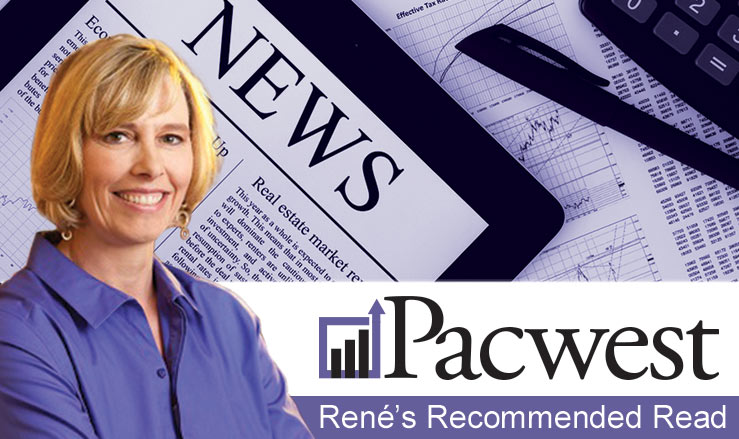
As is often the case with big data, when it comes to commercial real estate cap rates, experts say it’s important to look beyond the trends and understand the details driving them.
Cap Rates: The Story’s in the Details
While some segments and classes saw greater compression or expansion generally speaking “there was limited movement in cap rates” during the first six months of this year says CBRE’s Spencer Levy.
Quoted by Editor-in-Chief Paul Bubny in globest.com, Spency Levy, senior economic advisor and head of Americas research at CBRE, notes that while “some segments and classes saw greater compression or expansion, generally speaking ‘there was limited movement in cap rates’ during the first six months of this year”. Expanding on that, he says:
…there was limited movement in cap rates for US commercial real estate during the first six months of this year, with the exception of class B and C retail in secondary markets. At the same time, we have seen a decline in sales transaction volume during the first half of ‘17. Instead, many would-be sellers are choosing to refinance rather than sell in an increasingly uncertain market, particularly in multifamily.
Multifamily: Declining Sales Volume, But Stable Pricing
This somewhat counter-intuitive situation Levy explains by saying:
…amid a decline in transaction volume, though, multifamily pricing held firm in the year’s first six months, notwithstanding some concerns about supply. Meanwhile, both cap rates and returns on cost remained at historically low levels.
And, Levy says, we should expect more of the same in the 2nd half of the year. According to the report:
Looking ahead, the outlook for multifamily cap rates is more of the same in this year’s second half. CBRE says 72% of survey respondents expect rates to remain at current levels for both stabilized and value-add infill acquisitions, and the same goes for 79% of survey respondents when it comes to suburban assets.
Adding fuel to the fire is Jack Fraker, global head of industrial & logistics, CBRE Capital Markets. Fraker says “From a capital markets perspective, the US industrial real estate sector is having another great year” and “investors are attracted to the asset class for its reliable and predictable returns, which continue to increase due to tangible rental rate growth and very strong fundamentals overall”.
Hotels And Retail: A Bit Different Story
Bubny writes that “hotels showed modest cap rate expansion, primarily in the economy sector, says CBRE. Every hotel market segment in CBDs recorded single-digit upticks in cap rates ranging from four to eight bps, while suburban properties registered slightly less cap rate widening”. He adds:
The picture grows more complicated for the retail sector, in view of the material distinctions between major market and secondary market properties, and the enormous distinction between open-air and grocery anchored retail versus other formats. Nonetheless, CBRE says retail is the one asset class that showed material cap rate expansion in secondary and tertiary markets, particularly in class B and C assets, during H1. Power centers bore the brunt of this expansion, rising 39 bps during the first half of this year.
It’s Just Critical To Have Expert Help
Face it: commercial real estate is changing and it’s hard to keep up. But you don’t need to. Count on the friendly professionals at Pacwest Commercial Real Estate to have all the answers. Commercial real estate is their specialty; give them a call today at 541-912-6583 to get started!

Recent Comments